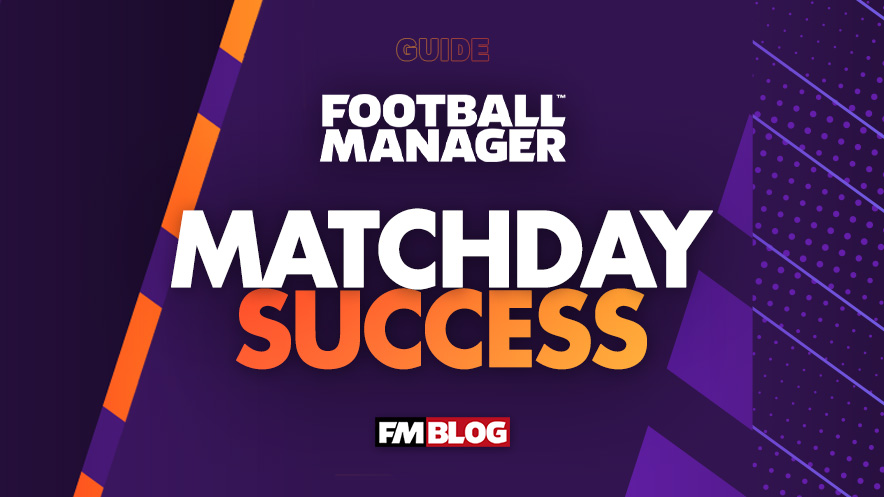Optimizing Team Performance: Leveraging Team Talks, Shouts, and Tactical Adjustments for Winning Strategies
Team Talks
Team talks are obviously the number one way to motivate your players. I don’t know if this is growing up in the Fergie era, but I always take aggressive tones with my players. Setting high expectations and demanding hard work from your players is fundamental to my tactic, and I make sure they’re aware of that in team talks. I’ve found that this means when you praise your players, they’re more appreciative and feel like they’ve earned it.
Shouts
Touchline shouts allow you to keep in touch with your players throughout the match. Again, I use this to reinforce my expectations: usually demanding more if they’re falling short, or encouraging if they’re outperforming the opposition on xG but haven’t scored yet. Praise is normally reserved for late in a game when we’re winning comfortably. Of course, your players may differ, but keeping an eye on their reactions will let you know whether you’ve been successful in this. I use these sparingly, trying to limit it to one shout per half (around the 30th minute and around the 65th minute are where I’ve found most success), sometimes forgoing the second half shout if things are going well, and I don’t want to rock the boat.
Substitutions
My main use of substitutions is to relieve players who need a rest. I play a high-tempo pressing game in almost all my saves, so obviously, I need to keep an eye on fatigue. For this reason, I always make sure to use all of my substitutions. Be careful with this, though, as sometimes this can upset the balance of a tight game and cost you.
Substitutions shouldn’t just be based on tiredness, though; performance is always a factor. That said, performance isn’t just down to match ratings, as different roles require different performance indicators. For example, if my advanced forward has a match rating of 6.1 but a high xG, he’s getting himself into the right opportunities but simply isn’t clinical enough. I would usually trust him to get out of this slump and leave him on. However, if his xG and completed dribbles are low, I’d be worried that he’s not able to get past the opposition defence and think about making changes.
Opposition Instructions
Obviously, we set our opposition instructions at the start of the match based on scouting reports and anticipated threats from the opposition, but I’ve found the most effective instructions are reactive ones. For example, at halftime, I always view my opposition’s stats and look for their CM who’s receiving and completing the most passes. I then tell my team to close him down and tackle him hard, or even tell a specific player to mark him at all times. This makes it harder for the opposition’s primary playmaker to get onto the ball and is particularly helpful if I’d marked someone else out as their main ball-carrier pre-game.
READ ALSO: Guide to Opposition Instructions on Football Manager
Rotating Tactics
I always recommend rotating tactics, but this is particularly important in-game management. If nothing else, I suggest always creating a more defensive - and less intense - version of your main tactic and switching to it when necessary. You can read the full FM Blog guide to rotating tactics here. This is where game management isn’t just for the purpose of seeing out one game (is there anything more frustrating than dominating a side just to concede a stupid equaliser in the 85th minute?) but also for the purpose of keeping your team fresh. If you find yourself 3-0 up with 20 minutes to go, it's usually safe to turn your attention to the next fixture so you can make tactical changes with freshness in mind. Likewise, if you’ve got 10 minutes to grab a goal and avoid dropping what should’ve been an easy three points, make the tactical changes needed.
READ ALSO: 4 Tips on How to Reduce Fatigue















